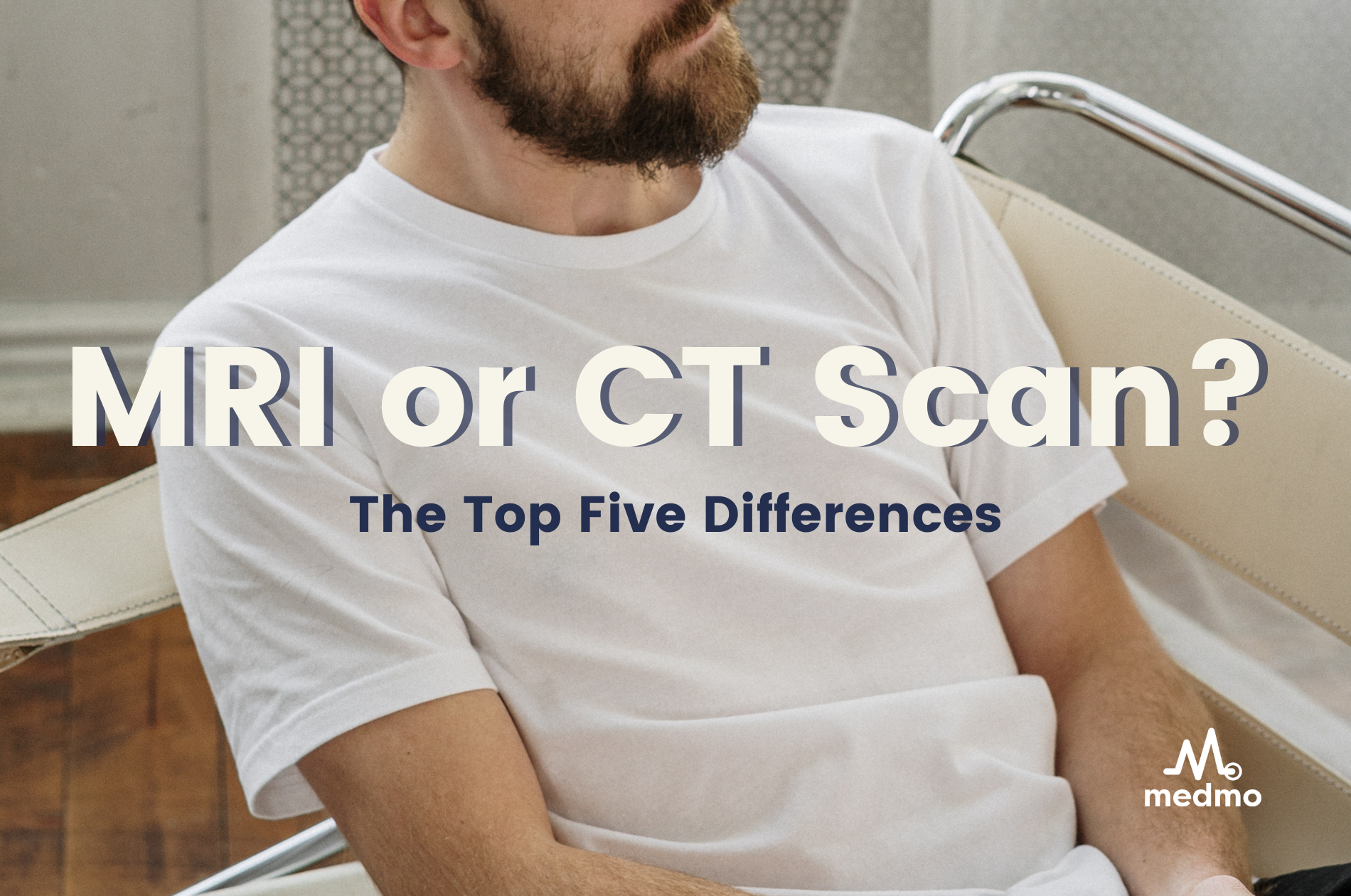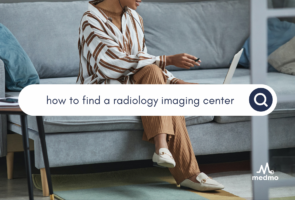
MRI or CT Scan? The Top Five Differences
Both MRIs and CT scans or CAT scans provide detailed pictures of the body that help diagnose and manage diseases. Because doctors can examine your organs in very thin virtual slices, they can detect problems in their earliest stages or in very small structures.
But how do doctors pick one test over the other? And if you have any choice, are there factors that should make you prefer an MRI or a CT scan?
To help you become a more informed patient, we’re reviewing five of the biggest differences between MRIs and CT scans.
-
Radiation Exposure
CT scanners use x-rays to create pictures of your internal organs, exposing your body to a small amount of radiation. A typical CT scan delivers about 50-100 times more radiation than a chest x-ray. This exposure causes a very small (<1%) increase in your overall lifetime cancer risk.
For a single scan, the risks of the radiation dose are minimal. If you require multiple scans, however, the cancer risk can become significant. In addition, the cancer risk is much greater among younger people.
Therefore, young adults as well as people who need multiple scans may opt for alternatives to CT scans that are not associated with radiation exposure, like MRIs.
-
Metal in Your Body
An MRI scanner uses a strong magnet to create pictures of your internal organs. The good news is that you’re not exposed to any radiation. The bad news is that any metal inside your body is potentially problematic. Devices such as pacemakers, for example, may malfunction or even become dislodged.
If you have any metal implants, check out our guide to see if you’re compatible. If you aren’t compatible with the MRI magnet, you’ll probably need a CT scan instead.
-
Claustrophobia
During both an MRI and a CT scan, you’ll lie down on a table and slide into a short tube. The key difference is that a CT scan is usually completed in a minute or two, while an MRI can take 20-40 minutes.
If you’re claustrophobic, lying inside an MRI for upwards of half an hour may become intolerable.
Although there are several ways to reduce your discomfort, such as taking a mild sedative, some people just can’t tolerate the close quarters long enough to complete their scan. If an open MRI is not available or adequate, a CT scan might be a reasonable alternative.
-
Contrast
Doctors often use intravenous contrast during both MRI and CT scans to better visualize certain structures. If you have kidney disease, however, you’ll need to carefully consider which kind of scan is safest.
Iodinated contrast, used with CT scans, can cause kidney disease in people with no prior history of kidney problems (though the risk is small), and it can also worsen kidney dysfunction in people with baseline abnormalities. People who are already on hemodialysis, however, can usually receive iodinated contrast with a CT scan, since their kidney disease is already end-stage and further damage is not possible.
Gadolinium contrast, used with MRI scans, does not cause or worsen kidney disease; however, it can cause a severe complication, known as nephrogenic systemic fibrosis, in people with advanced kidney disease. Therefore, people on hemodialysis (or getting close to needing it) can never receive gadolinium contrast.
-
Organ of Interest
The type of scan that you need usually depends primarily on the organ being imaged. CT scans are typically better when examining the lungs, stomach, pancreas, gall bladder, kidneys, and intestines, while MRI scans are often preferred for the brain, heart, bones, liver, and joints.
The choice of scan also depends on the disease being diagnosed. For example, CT scans of the brain are used to assess for bleeding or swelling, whereas MRIs of the brain are used to diagnose strokes, multiple sclerosis, tumors, and many other conditions.
To book a scan, visit us at Medmo.com. Medmo helps people schedule radiology imaging tests – such as MRI, CT scans, PET, and more – at nearby accredited centers and identify the payment solution that works best for them.
Ready to get started?
Here’s what you’ll need to schedule an appointment
1. Imaging referral / prescription
2. Your contact information
3. Insurance OR card information


